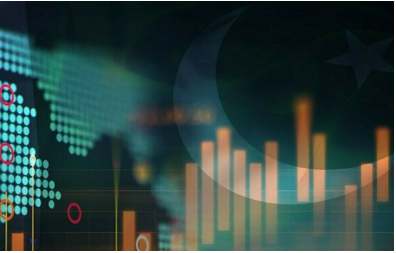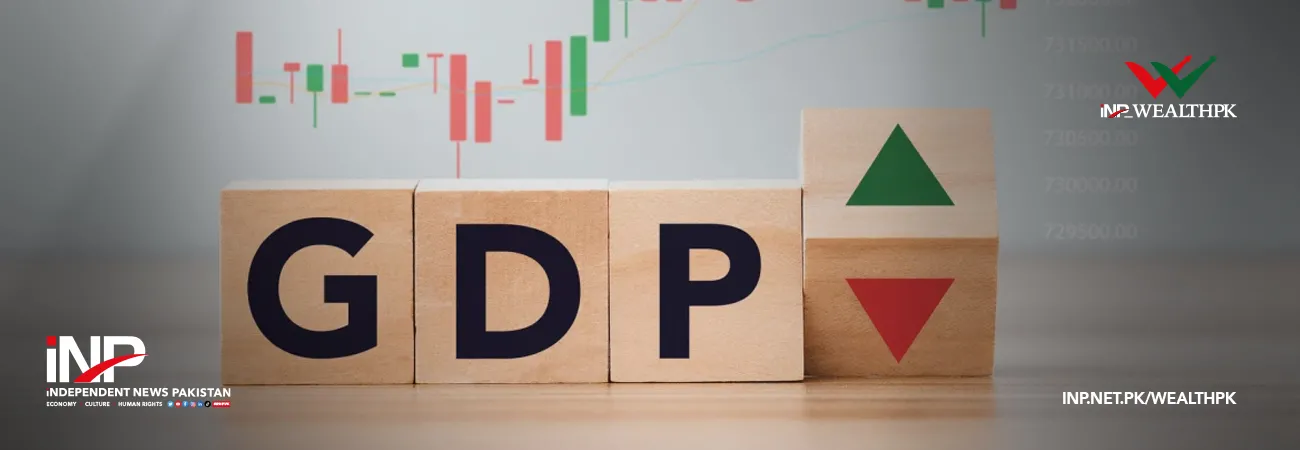i INP-WEALTHPK
Qudsia Bano
Pakistan’s economy grew by 2.4% in the third quarter of the ongoing fiscal year, taking the provisional full-year GDP growth to 2.68%. This falls short of the 3.6% target, according to the official data released by the National Accounts Committee (NAC). Despite the miss, experts term the outcome broadly in line with the market expectations, reports WealthPK.

The committee approved the revised GDP estimate and reported that the size of the economy has reached Rs114.7 trillion, or $410.96 billion, up from last year’s Rs105.1 trillion, or $371.66 billion. The committee also revised growth for the first and second quarters to 1.37% and 1.53%, respectively.
Commenting on the figures, Imran Khalid, Senior Economist at the Alpha Advisory Group, said while the growth figure falls short of the target, it reflects the stabilisation efforts by the government and central bank in the face of inflationary pressures and global uncertainty.
“Given the tough macroeconomic environment and tight monetary policy earlier in the year, the 2.68% growth rate is not surprising. In fact, it shows the signs of recovery compared to last year’s contraction,” he said.
The agriculture sector grew by 1.18% in Q3 despite a decline in major crops, while the industrial sector contracted by 1.14% due to the weakness in mining, quarrying, and large-scale manufacturing. The services sector remained relatively stable, contributing positively to the overall growth.
Zeeshan Ahmed, Director of Research at Azee Securities, remarked that the figures aligned with the market expectations and the trajectory of economic indicators throughout the year.
“The revised growth is consistent with the trends we’ve been tracking. We had projected full-year growth to fall between 2.5% and 3%. The reduction in the policy rate by the State Bank of Pakistan in May is expected to support further improvement in the next fiscal year,” he said.
Earlier this month, the State Bank of Pakistan cut the policy rate by 100 basis points to 11%, citing an improved inflation outlook. The move marked the beginning of a potential easing cycle, following the rate peaking at 22%. However, downside risks persist.
The industrial sector continues to struggle due to the high input costs and reduced external demand, while agriculture remains vulnerable to climate-related shocks. The global financial conditions and progress in securing a new deal with the International Monetary Fund (IMF) will also play a key role in shaping the next year’s growth prospects.
Brokerage firms, such as Topline Securities, earlier predicted that GDP growth would fall short of the 3.6% target, estimating a more conservative range of 2.5% to 3.0%. The IMF has also revised its forecast for GDP growth from 3.2% to 2.6% in its recent report.
While the headline growth figure may not match the initial expectations, analysts agree that it reflects a measured pace of recovery amid the ongoing structural adjustments. As the policymakers aim to consolidate gains and reduce economic vulnerabilities, next year’s performance will depend on continued reforms, investment revival, and external stability.
Credit: INP-WealthPk




